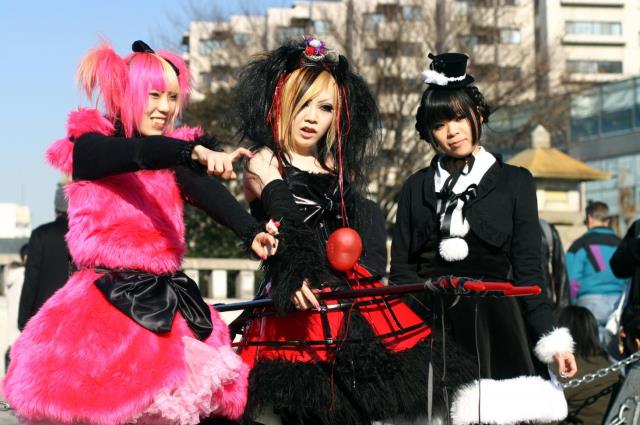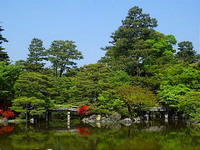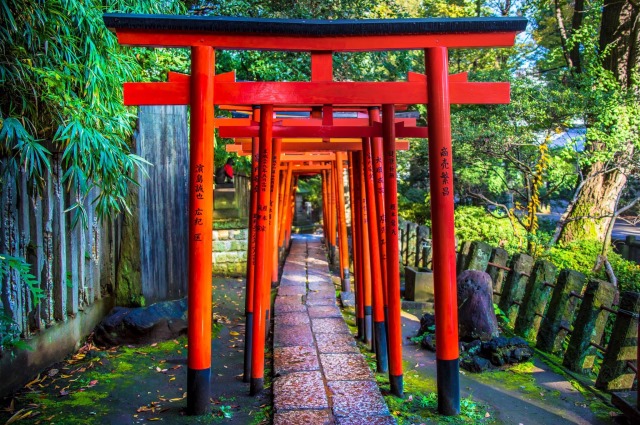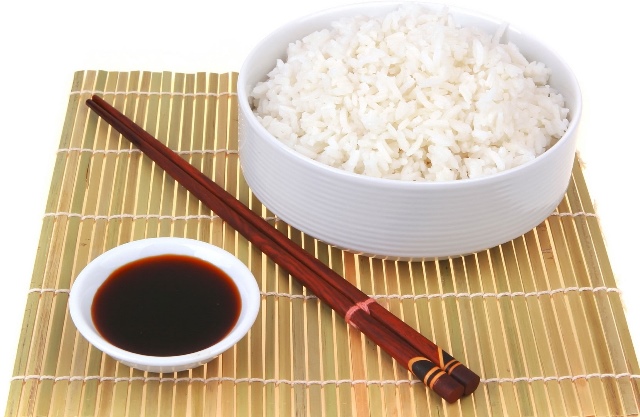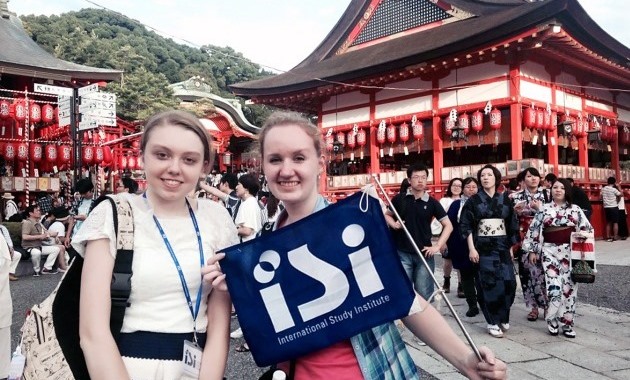Japanese New Year (part 3)
 And NOW THE MOST PLEASANT – GIFTS
And NOW THE MOST PLEASANT – GIFTS
Interesting articles The first thing that comes to the Japanese mind: clay, paper, drawn, metal, plastic – any images and figures of the corresponding animal from the twelve-year zodiac cycle. In the case of 2006, an image of a dog guarding a house and driving thieves away.
Oddly enough, money comes second in the ritual scale of New Year’s values. Previously, they gave exclusively five-yen coins, since their name – goen – is harmonious with the word denoting strong family ties. But today you can’t buy anything for five yen, and therefore, as a rule, bills in a beautiful white envelope are attached to them.
And, of course, greeting cards – the Japanese are recognized world champions in writing them. Even in the recent era, when we in Russia took the time to send messages to friends and relatives, the exchange of New Year’s “greetings” on elegantly designed letterheads has never been on such a scale as in Japan. An average resident of the Land of the Rising Sun, this hive and the epicenter of feverish business activity, sends more than a hundred New Year cards every time the time is right! Parents, brothers, sisters, bosses, colleagues, neighbors in the previous and current place of residence, casual acquaintances – all those who had to deal with over the past 365 days. Moreover, not only the adherence to custom with all the time costs associated with it is surprising, but also the fact that the most popular among the Japanese are not multicolor pictures of high printing quality, as in the rest of the world. Here, the most ordinary postal cards are used without a single artistic trick, the state post office has a monopoly on the issue of them. Their advantage is only in one, but it turns out to be decisive: each one has a strictly individual, unique number in the country, which is also the number of a national lottery. That is, the more a person has New Year’s correspondence partners, the more chances he has to win some solid prize.
Interesting articles In general, as in the whole world, a New Year’s gift in Japan is a kind of well-wishes. What can you wish your neighbor? In short – happiness. Therefore, before the treasured night, special “fairs of happiness” are held all over the country. There you can buy, say, a boat on which seven gods of fortune sail with innumerable treasures on board. Or – a toy bamboo rake, in the new season it will be very convenient for them to rake any happiness. Or – the same decorative arrows and rackets for playing the shuttlecock. Their mission is to drive away and scare away evil spirits. A fan will do the same. The movement “to oneself” catches up wealth and prosperity, “from oneself” – eliminates unwanted vibes. As a garnish, the Japanese buy at fairs and “healing” food – fruits, tea, sake – based on the reasonable postulate that longevity is provided primarily by a proper diet. And, imagine, alcohol in moderate, that is, microscopic, doses is its indispensable element.
However, each person himself knows best what is good for him. Following this logical tenet, sellers display papier-mâché or wood figurines in their display cases. They depict Daruma (Boddhidharma) – the legendary founder of the Zen school in Buddhism. The lack of legs testifies to his unsurpassed sanctity: they dried out after endless meditations in the “lotus position”. The result was a pretty cousin of our tumbler: the center of gravity is shifted down, Daruma cannot be knocked over. And such inflexibility is a very important quality, which in the new year will help everyone to remain themselves, make the right decisions, listen to their own heart and mind. And besides, Daruma has no eyes – or rather, pupils. And this is no accident: immediately upon receiving the figurine as a gift, you should draw a black circle in one of the white empty eye sockets and make a wish at the same time. If it is fulfilled, you need to make the saint truly sighted, depicting the second pupil. If not, then after a year it should be burned as not meeting expectations. Well, for those who are not so committed to superstition, you can recommend a set of pieces of odorous soap. Only after all, and soap – if you “pick it a little” – will be tightly bound to tradition. Indeed, on the eve of the New Year, not only general cleaning is strictly obligatory, but also the general “washing” of the whole family.
TURN ALIEN KEYS TO EARTH
Interesting articlesAt the onset of a great moment, 108 bell bells are announced in all Buddhist temples. Of the 108 beads, beads are made up. 108 According to the teachings of Buddha, man is also subject to temptations and sins – to the sound of the bell, all sins, one by one, must go into the past. And the Japanese, waiting for the dawn, in a crowd rush to their shrines – for the first time this year. It is important to have time to meet the sunrise there, so that in the next 12 months everything will turn out safely and joyfully.
Before entering the temple, a newcomer rinses off the old “dirt” from his face and hands with the first New Year’s water from the ladle, freezes for a second in front of the Founder’s statue, throws a coin in the donation box, claps his hands to attract the attention of local deities and mentally prays for the fulfillment of dreams. It is proposed to fix this prayer in writing: on wooden tablets hung on a special “notice board” intended for higher powers.
And then everyone goes to launch the “connected between the earth and the sky” – kites, this also has to be done in the very first days of January. Today, on the streets of Japanese cities, whole serpentine battles take place. To intimidate the enemy to their “pets” draw frightening faces, and the winner is the one who managed to throw the “stranger” to the ground. To do this, you must either confuse the slings for him, or cut them with the help of some sharp object, which is fixed on the slings of his snake.
This exotic celebration ends with ceremonies associated with the purifying power of fire. In the giant bonfires that are bred on the territory of the temples, New Year decorations and wooden prayer plates are lit. All this resembles a Venetian carnival. The celebrations are over, the deity of the year fluttered from a pine tree and returned to the place of his permanent stay in the mountains, and life continues. It continues with a new and clean sheet after a forgotten fel.
